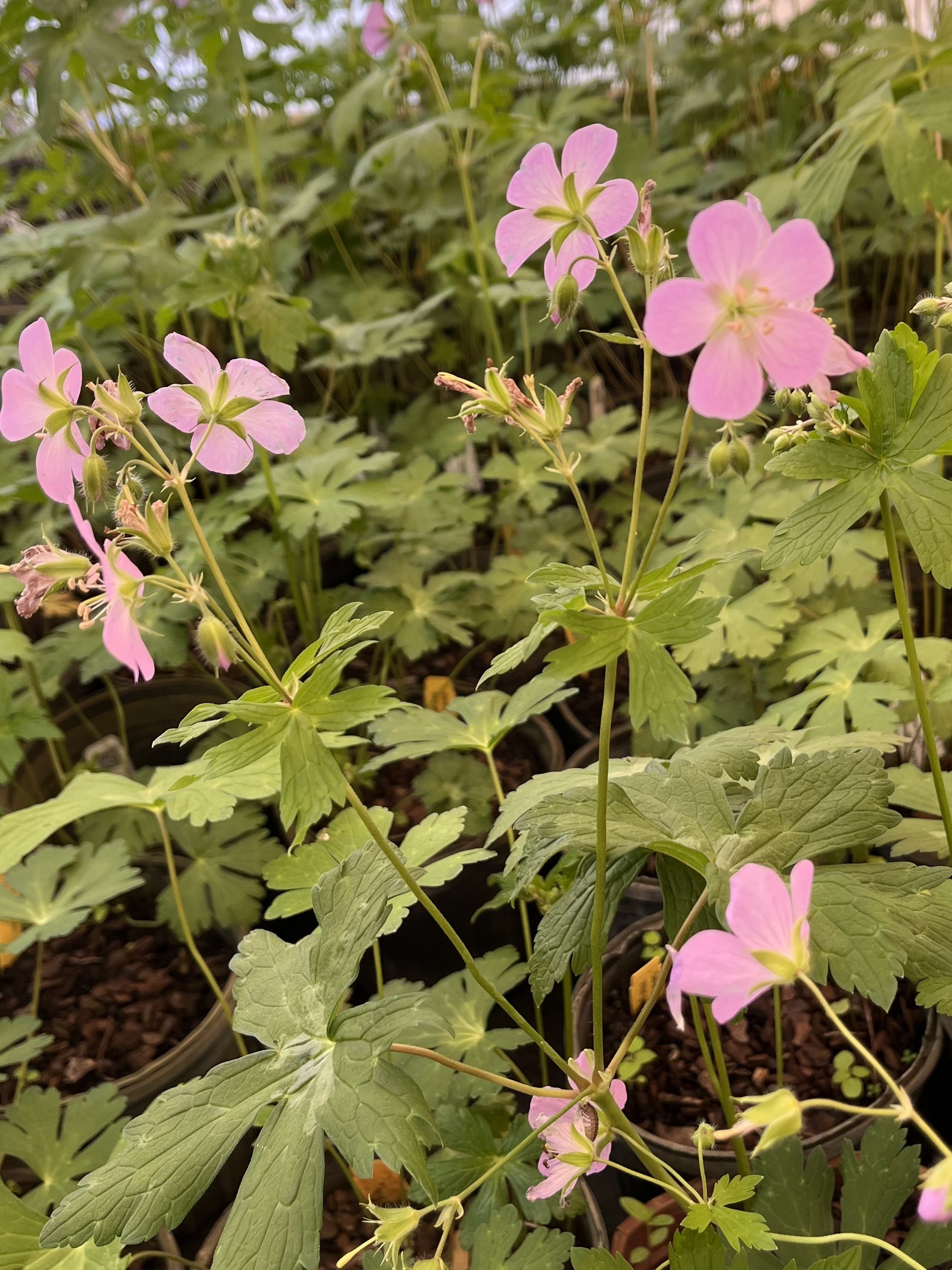Discover The Top 10 Pollinator Host Plants of Hampton Roads
If you’re considering adding new plants to your yard but aren’t sure where to start, you’ve come to the right place. Instead of heading to the closest “big box” nursery and choosing plants solely based on looks, consider the benefits of selecting exclusively native plants for your yard. Not only are they more likely to thrive in your local weather conditions, but they also play a key role in supporting Hampton Roads's local wildlife and ecosystem.
The team at Southern Branch Nursery is deeply passionate about promoting local ecosystems by offering a diverse range of native plants. These plants will not only help beautify your outdoor space but also provide essential habitats and food sources for local pollinator insects, like butterflies and moths, that are vital for a healthy garden.
Most insects are specialists, meaning they rely on specific plants to complete their life cycles. For instance, monarch butterflies need Milkweed (Asclepias) to reproduce, and many other species of butterflies and moths depend on specific native plants for their survival.
Here, we highlight the top 10 non-woody pollinator host plants that make perfect additions to gardens in the Hampton Roads area. By incorporating some of these plants, you’ll help create a thriving ecosystem in your backyard, supporting butterflies, birds, moths, and other pollinators while enhancing your garden’s beauty and vitality.
1. Solidago sp. (Goldenrod)
Goldenrod is a fantastic addition to any garden, and it’s known for attracting an impressive 114 butterfly and moth species. Its bright yellow flowers bloom in late summer, providing a vital nectar source when many other plants have finished blooming….which means you can have beautiful butterfly visitors in your yard for even longer.
2. Fragaria virginiana (Wild Strawberry)
Wild Strawberry is not only delightful and so lovely to look at but also supports 73 butterfly and moth species. Its small white flowers and delicious red fruits make it a garden favorite for both pollinators and humans alike. Plus, it’s surprisingly resilient!
3. Helianthus angustifolius (Swamp Sunflower)
The Swamp Sunflower is a showstopper with its tall stems and cheerful bright yellow flowers. This resilient plant supports 66 butterfly and moth species and thrives in wet conditions, making it perfect for rain gardens. Plus, it’s the perfect addition to your indoor vases and flower arrangements!
4. Eupatorium sp. (Thoroughwort)
Thoroughwort is known for being a magnet for butterflies, supporting at least 33 species. Its tall, white flower clusters bloom in late summer, adding height and color to your garden and welcoming butterfly visitors into the warmth of the coastal early fall.
5. Viola sp. (Violet)
Violets are charming, low-growing plants that support 30 butterfly and moth species. They are perfect for shady spots in the yard, and add a touch of layered color with their signature delicate purple blooms.
6. Hibiscus moscheutos (Hibiscus)
Known for its large, showy flowers, Hibiscus supports 29 butterfly and moth species. This plant loves wet conditions and can become a stunning focal point in your garden. These gorgeous flowers add a nice tropical touch to the coastal yards of Hampton Roads.
7. Panicum virgatum (Switchgrass)
Switchgrass is a versatile native grass that supports 28 butterfly and moth species. It provides excellent ground cover and adds texture and graceful movement to your garden with its airy seed heads.
8. Geranium maculatum (Wild Geranium)
Wild Geranium is a charming native plant with delicate pink flowers that supports 27 butterfly and moth species. It’s a great choice for shaded areas in and around your yard, as well as woodland gardens.
9. Lupinus perennis (Lupine)
Lupine’s striking blue and purple flower spikes are not only beautiful but also support 26 butterfly and moth species. This plant prefers well-drained soils and adds a pop of color and texture to your garden.
10. Vernonia sp. (Ironweed)
Ironweed is known for its tall stature and vibrant purple flowers, attracting 24 species of butterflies and moths. It’s a late bloomer, providing a vital nectar source for pollinators in the fall.
Visit Southern Branch Nursery
Ready to add some of these amazing pollinator plants to your garden? Visit Southern Branch Nursery to purchase these and other native plants. Our staff is incredibly knowledgeable about native plants and the conditions they need to thrive, and will help you select the best plants for your garden and provide tips on how to best care for them.











